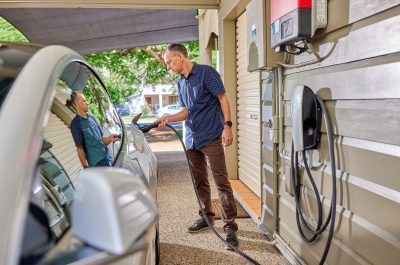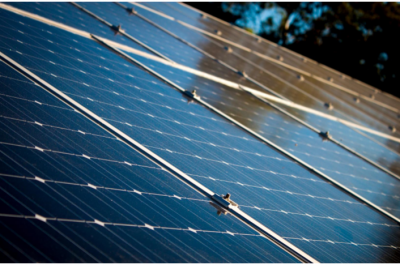No gold in them thar powerlines
Australia has a history steeped in gold. In the 1800s wealth flooded in from the goldfields across Australia. Kalgoorlie, Bathurst, Lefroy and Ballarat…every colony was trading in this rare and precious metal. At one point the flow of gold meant Melbourne was the second richest city in the British Empire.
It led to enormous economic growth across the continent, and the colonies set about displaying their prosperity. Huge public buildings were built. Banks, libraries, townhalls and even Victoria’s Parliament House. Twenty-four carat gold adorns the ornate columns, ceilings, and architraves. The Grand Old Dame of Spring Street is literally gold plated.
But the good times stopped almost as quickly as they came, and thus ended the spending. Parliament House remains an unfinished masterpiece. In the back carpark is a fireplace built on what became an outside wall. Obviously intended to form a wall to an office or perhaps a kitchen, the fireplace has never been lit and serves as a reminder of what can happen when decision makers lose sight of the bigger picture.
Fast forward a century or so and electricity is available in almost every home and business in Australia. The National Electricity Market (NEM) operates on one of the world’s longest interconnected electricity grids and is a complex, heavily regulated energy market.
A spate of power outages in the early 2000s in Queensland and NSW led to those state governments overreacting and ratcheting up reliability standards for their electricity networks. The “increase reliability at any cost” mentality lost sight of the big picture and led, inevitably, to eye-watering rises in power bills. Grid investment grew by 60 per cent between 2005 and 2012. Perhaps harking back to our colonial days, this came to be known as ‘gold plating’.
The then Prime Minister Julia Gillard announced a suite of changes aimed at combating rising power prices, including increased funding for the national regulator and shifting to a national approach for reliability standards instead of state based.
While the power prices political debate continued to rage over the carbon tax and then the closure of Hazelwood power station, behind the scenes the network ‘gold plating’ stopped as quickly as it had started. From 2012, capital expenditure on the grid across the NEM halved in four years, in many areas it’s lower now than it was before the reliability standards were cranked up.
We are now at another fork in the road in Australia’s energy journey. The science of climate change is, finally, accepted and the pathways to net zero are being paved. Billions of dollars are being funneled into innovation, infrastructure and new technology to prepare us for this clean energy future.
Regional areas across Australia are becoming dotted with solar farms, large scale batteries and wind farms all creating and capturing emissions-free power. But to transport those electrons to the cities and towns where they’re needed requires new transmission links and interstate connectors. You can’t run a 21st century power system on a 20th century grid. The huge investment we are seeing in renewable generation and storage will get stuck in bottlenecks without enabling network investment.
It’s understandable that policy makers and consumers are nervous about the significant investment that this requires. History suggests it could lead to higher power bills, but this is not the gold plating of a decade ago. It is fustrating that the current transmission narrative is being framed by some that any transmission investment will drive up energy prices.
Prudent investment to link to cheap renewable energy will lower, not increase power bills – the NEM operator’s Integrated System Plan highlights that for every $1 invested in new transmission links, there is a $2.50 benefit for customers.
It is also a fact that transmission network costs are a very small component of electricity bills – according to the AER, they typically account for between five to eight per cent of what customers pay.
Timely investment in new grid infrastructure is essential if we are to deliver a renewable energy grid. This will enable the power generated in renewable energy zones to get to our cities and enable households to connect more solar, more batteries and more electric vehicles to the grid, giving them greater control of their energy.
And both sides of politics have policies that support new grid investment. It’s needed not only to connect the wave of renewables and storage investment, but it’s also needed to connect markets across states which lowers wholesale prices.
At the time that Victorian Parliament fireplace was built, horses and carriages were about to learn to coexist alongside motor vehicles on the road. When Julia Gillard was Prime Minister, Australia still had a car manufacturing industry. Today most Australians are considering an electric vehicle as their next car. The prospect of powering your car with cheap off-peak electricity rather than $2 plus per litre petrol is very attractive right now. The EV boom will soon take off and if we get it right, it will mean better utilisation of our power grid – delivering lower prices per kilowatt hour.
There’s an old saying “you’ve got to spend money to make money” and that’s exactly where we’re at in terms of our energy grid right now. Looking at the bigger picture, this is far from gold plating – it’s wise investment designed to deliver the renewable energy transition at least cost to customers. We all want that.
This article is an edited version of an opinion piece that appeared in the Australian Financial Review.

